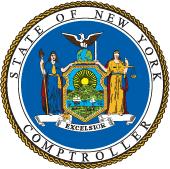First Half of 2017: Local Sales Tax Growth Ticks Up Statewide
For the first half of calendar year 2017, local sales tax collections were $8.0 billion, a 3.3 percent increase over the same period last year. This is a slight improvement over the last several half-year periods. Economic factors supporting these results include continued low unemployment and high consumer confidence. Sales taxes were also boosted by growth in collections from sales of motor fuels.
